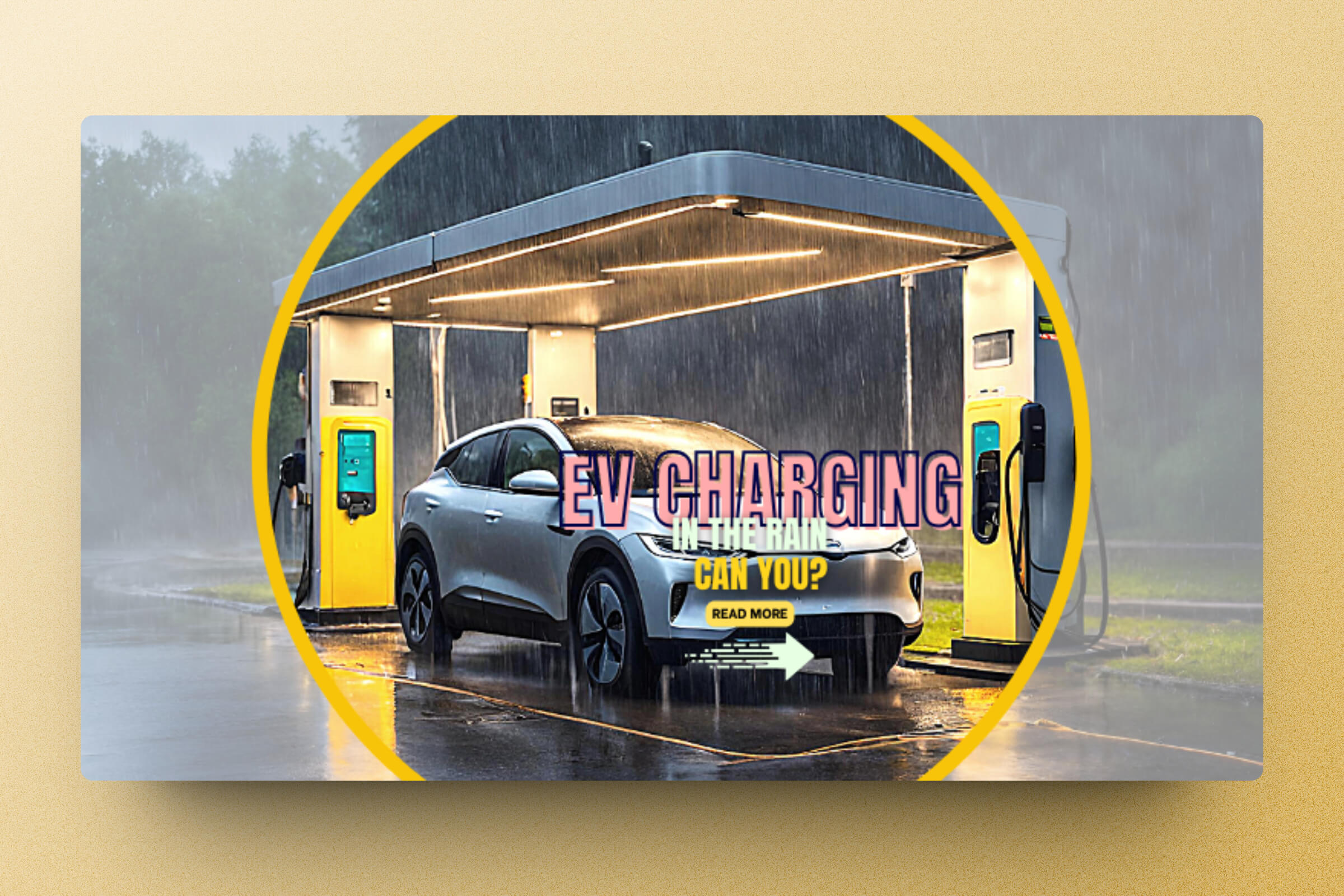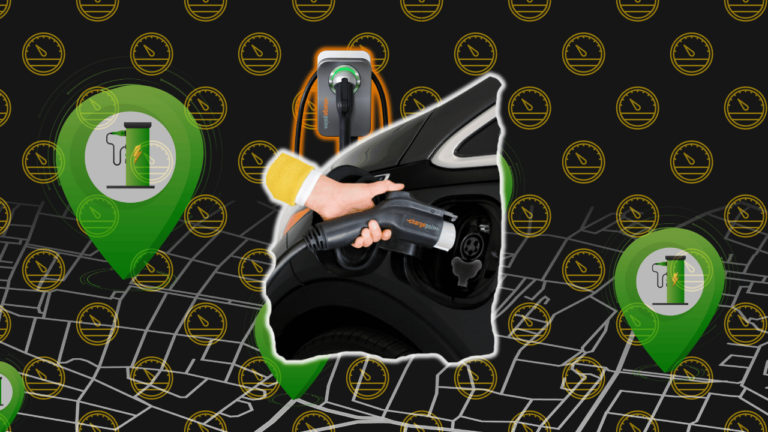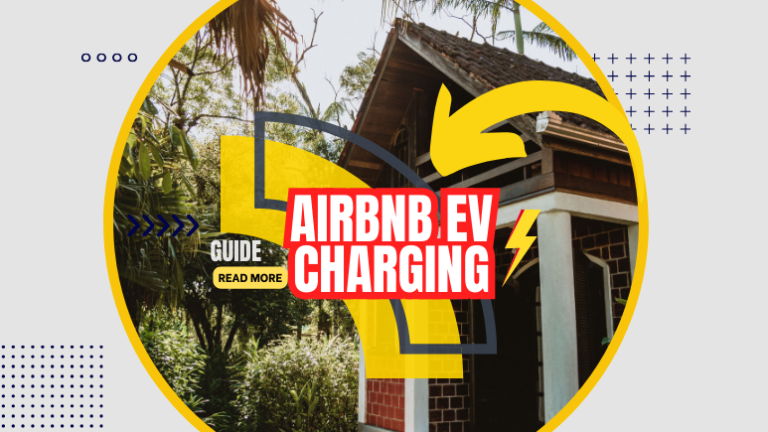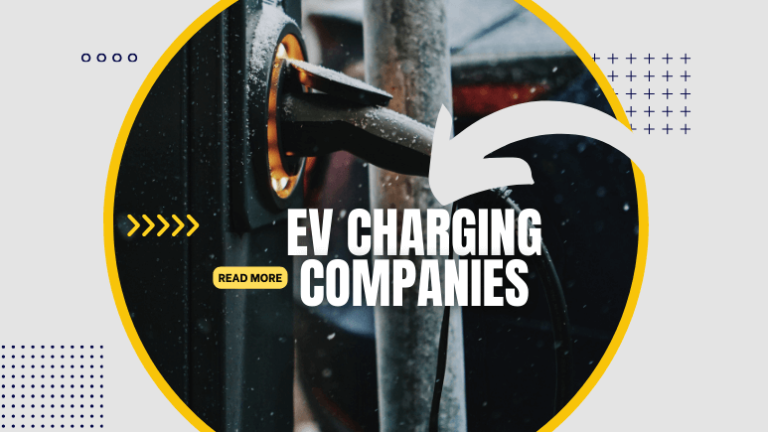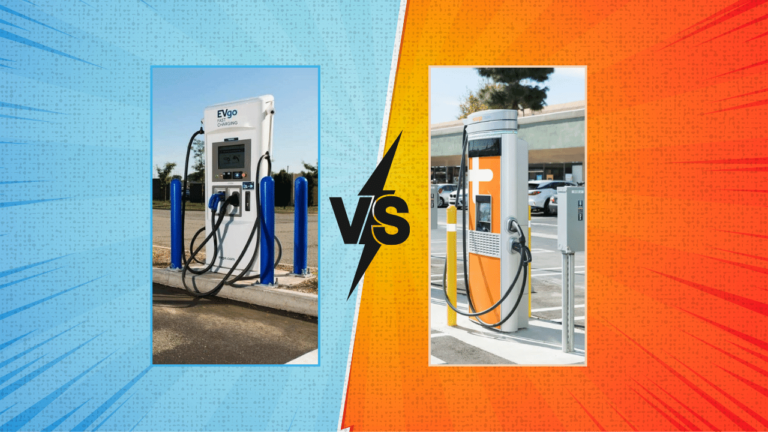Are you wondering if you can do EV charging in the rain and if it is safe?
We have created a brief guide for charging electric vehicles in rain or snow conditions for home charging or public charging.
We will cover:
Ultimately, taking all of these into consideration, it’s essential to make informed decisions about product safety.
Can You Charge an EV in the Rain?
Charging your electric car in the rain? You bet it’s perfectly safe to charge. That’s because EV charging gear is built to handle different weather conditions.
Also, each charger must meet certain standards that check for rain and snow. For example, the charging port on most EVs has a cover that shields it from water, and charging stations are equipped with sensors to detect rain or other weather conditions and automatically shut off the charging current.
When it Rains, How does EV Charging Work?
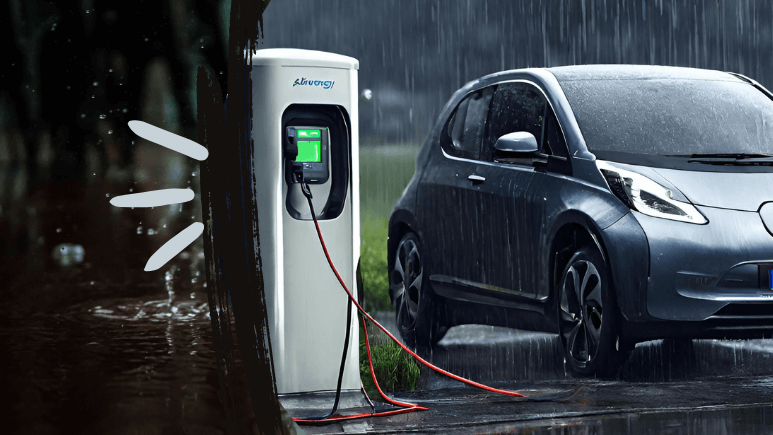
You’ve got an EV charging cable that’s connected to a wall outlet or a public charging station.
Now you want to connect it to your EV charging port. Let’s see what happens.
When these two devices are connected, the smart system checks for safety precautions. If all is well, current flows and charging starts.
Some of the system’s safety checks are:
- Is the charging cable connector clean and damage-free
- The EV charging port is metallic materials free
- Not charging in wet condition
- Not exposed to direct sunlight or extreme hot temperature
3-Pin Plugs
Now let’s talk about three-prong power cords.
This is an electrical cable commonly used for connecting devices to power outlets. It features three prongs or pins, which are designed to fit into specific outlet types. The prongs typically consist of two flat pins and a round grounding pin. The purpose of the grounding pin is to provide an additional level of safety by directing electrical surges away from the connected device and into the ground, reducing the risk of electric shock or damage to the device.
Alright, so when you plug in your electric car, the first thing that touches base is the ground pin on the charging cord.
It’s like the ground pin’s job is to say, “Hey, I’m here!” And when it’s time to unplug, it’s the last to break the connection.
This acts as a safety net. If there’s a short circuit, electricity takes the easy way out into the Earth, not zapping anyone nearby.
But that’s not all! The charging setup and your car both have built-in safety features.
If they sense a short circuit, they say, “Hold up, we’re stopping this party right now.” They immediately cut the power and stop the charging process.
Standards and IP Ratings for Wet Conditions

When you look at EV chargers they have some standard ratings. Now let’s take a look at them.
EV chargers are built to handle all sorts of weather, including rainy days. Now, here’s the deal – there’s something called IP rating, and it’s a big deal in the world of EV charging stations.
This IP rating is like a secret code that tells you how well your charger repels dust and water.
It’s a two-digit number, and the first digit is about keeping gunk out – like dust, dirt, or whatever might try to sneak in. The second digit, well, that’s about how effective it is at keeping liquids away.
So, if you’re wondering how your EV charger does in wet conditions, look at that second digit in the IP rating. The higher that number, the better it is.
Some level 2 charging stations have IP44 ratings. All EV chargers are 54 or 55.
Both ratings protect against solid objects over 1mm, and water splashing from all directions.
But the differences between the two are:
- IP54 is recommended and suitable for both indoor and outdoor applications, while IP44 is suitable for indoor use only.
- IP54 is the minimum requirement for outdoor installations.
The IP65+ rating is even better in harsher environments because it protects against water jets rather than just water splashes.
These chargers need to follow some rules to ensure they’re safe, reliable, and compatible with all EVs out there. Some organizations involved in these assessments are National Recognized Testing Laboratories (NRTLs), the Society of Automotive Engineers (SAE), and Underwriters Laboratories (UL).

Do Public Chargers Work in Heavy Rain?
All public chargers come with high IP ratings and weatherproof.
Except for floods and hurricanes, they are extremely insulated and waterproof.
But here’s a pro tip – before plugging in, make sure your plug and port don’t get soaked in puddles.
Heavy rain does not impact EV charging speeds. It has nothing to do with charging speed.
Let’s talk about some EVs for example… like Tesla and Rivian.
Alright, let’s talk Tesla and charging in the rain.
They’re designed to keep moisture away from sensitive parts. Plus, these charging devices meet the NEMA 3R safety rating which is a standard for rain protection.
EV brand Rivian has its own charging network called the Rivian Adventure Network. They’re 100% renewable energy powered. Also, they make weatherproof wall chargers.
Safety Tips
The good news is, it’s usually as safe as houses. That’s because EV charging gear undergoes strict testing and design standards.
But, there are some common-sense moves you can make to keep things safe and sound.
Here are some great safety tips:
- Make sure the charging equipment is in condition
- Avoid water accumulation – it’s imperative to ensure the charging plug and port are not filled with water
- Use outdoor-rated outlets
- Use properly manufactured and installed chargers
- Ensure proper installation based on manufacturer instructions
Sealing ring
A sealing ring in an EV charger is a component used to provide protection against environmental elements, such as water, dust, and debris.
It is typically located at the connection point between the charging cable and the vehicle’s charging inlet. The sealing ring helps to create a secure and weatherproof seal, preventing moisture and other contaminants from entering the electrical components of the charger and the vehicle.
The sealing ring is designed to maintain the integrity of the electrical connection and to ensure safe and reliable charging, even in outdoor or adverse weather conditions.
It helps to safeguard the electrical contacts and internal components from corrosion and damage, thereby extending the lifespan of the charging equipment.
When selecting or maintaining an EV charger, it’s important to ensure that the sealing ring and other protective features are in good condition to support safe and effective charging, especially in outdoor environments or during inclement weather.

